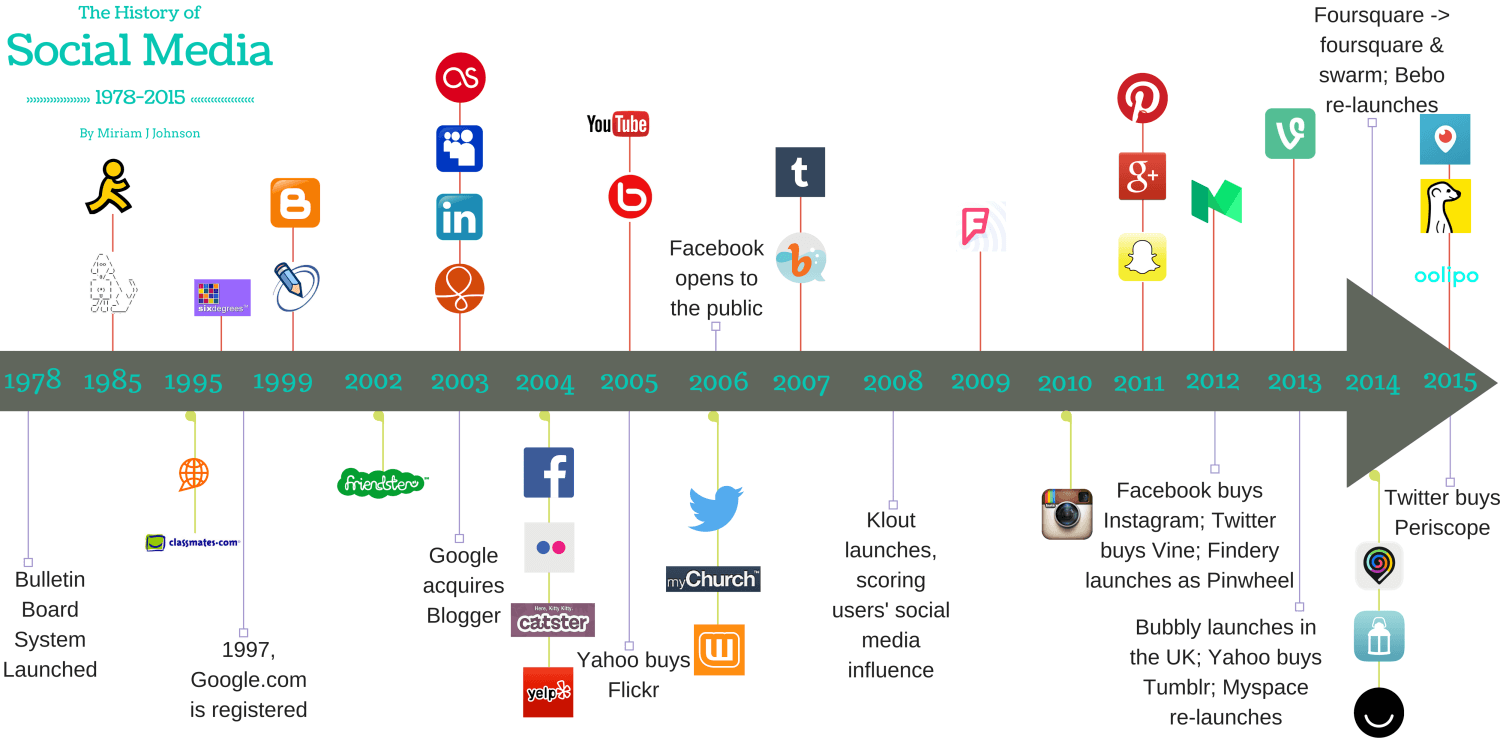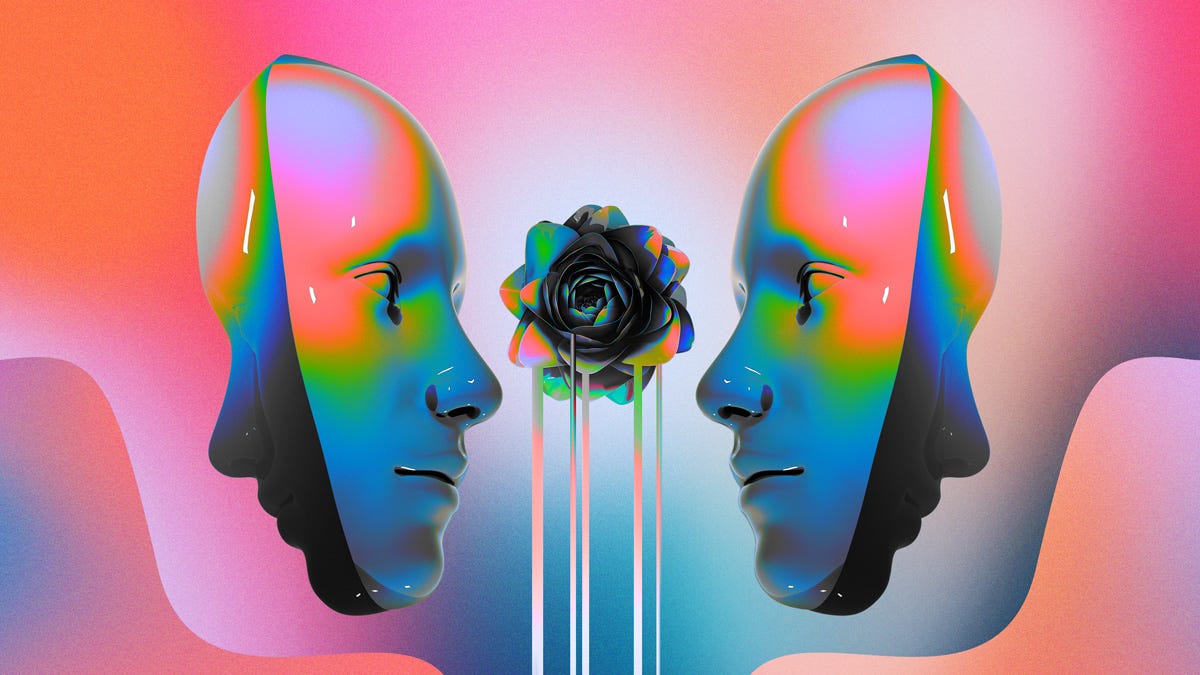justineanweiler.com – Social media has become a cornerstone of modern communication, influencing everything from how we connect with friends to how brands market their products. Platforms like TikTok, Instagram, and Twitter are constantly evolving, driving a dynamic, fast-paced world of trends that can spread globally in a matter of hours. In this article, we’ll explore the latest trends across these major platforms, and what makes them tick (pun intended).
1. TikTok: The Reign of Short-Form Video
TikTok has revolutionized the social media landscape with its addictive, short-form video content. While it started as a platform for lip-syncing and dance challenges, TikTok has expanded into a much broader space, hosting everything from educational content to comedy skits, and even live-streaming.
Key Trends on TikTok
- Viral Challenges & Dance Trends: The heart of TikTok culture is its viral challenges. Dance trends like the “Renegade” or the “Savage Love” challenge were key to the app’s early success. Today, TikTok challenges range from lip-syncing to viral memes and even social movements.
- Content Creators and Micro-Influencers: TikTok has become a breeding ground for a new generation of content creators. With the accessibility of the platform, anyone can create viral content, whether it’s comedy, beauty tutorials, or cooking. This has led to the rise of micro-influencers, who may have smaller followings but boast higher engagement rates.
- Educational Content: TikTok has shifted from purely entertainment to an educational platform, with a trend of “EduTok” growing in popularity. Experts and enthusiasts share tips on everything from finance to history, often using catchy formats to make learning fun.
- Shopping Integration: TikTok has introduced native shopping features, enabling users to shop directly from videos, especially in collaboration with influencers and brands. TikTok’s seamless integration of e-commerce is set to make it a powerhouse in digital marketing.
- AI-Powered Personalization: TikTok’s algorithm is one of the most advanced, offering hyper-targeted content recommendations. By analyzing user behavior and engagement, it can predict and recommend content that feels tailor-made to each viewer, keeping people engaged for hours.
2. Instagram: A Visual Marketplace
Instagram, which started as a photo-sharing app, has transformed into a multimedia powerhouse, with photos, stories, reels, and even shopping now playing major roles. Despite increasing competition, Instagram remains a dominant force in social media, particularly among brands and influencers.
Key Trends on Instagram
- Instagram Reels: As TikTok’s rise challenged Instagram’s dominance in short-form video, Instagram launched Reels. Reels allows users to post 15- to 90-second videos, incorporating effects, music, and captions. It’s a direct response to TikTok, and Instagram has since expanded its focus on Reels as a way to boost engagement.
- Shopping on Instagram: Instagram has fully embraced e-commerce with the Instagram Shop feature, which allows users to discover products directly within the app. From branded storefronts to influencer partnerships, Instagram has become an important space for both small businesses and major brands to sell products.
- Influencer Marketing: Instagram remains the go-to platform for influencer marketing, with influencers leveraging sponsored posts, affiliate marketing, and partnerships with brands to generate revenue. As the platform evolves, micro-influencers are also gaining traction due to their high engagement and authentic content.
- Authenticity & Transparency: In response to criticism about its heavily curated nature, Instagram has embraced trends focusing on authenticity. This includes showcasing real, unfiltered moments through stories and even introducing the “Close Friends” feature for more private, behind-the-scenes content.
- Augmented Reality Filters: Instagram is also leaning into AR technology, with the development of interactive filters, effects, and face masks. These filters have taken the world by storm, particularly in creating fun, shareable content.
3. Twitter: The Real-Time Conversation Hub
Twitter is the birthplace of viral moments, breaking news, and real-time debates. Although it faces increasing competition from platforms like TikTok, Twitter remains an essential platform for public discourse, political movements, and breaking news.
Key Trends on Twitter
- X (formerly Twitter): Twitter underwent a massive rebranding in 2023, rebranding itself as X under the ownership of Elon Musk. This transformation sparked debates and excitement about the future of the platform, including new features like monetization tools for creators, live-streaming integration, and a more robust subscription service.
- Threads & Threaded Conversations: A hallmark of Twitter’s culture has always been the “thread”—a series of connected tweets used to share longer thoughts or stories. As social media platforms have shortened their content formats, Twitter’s threaded style still allows for nuanced, in-depth conversations and storytelling.
- Real-Time Events: Twitter’s strength lies in real-time engagement. Whether it’s live commentary on sports events, political debates, or celebrity happenings, Twitter provides a platform for instant reactions and public discussions.
- Twitter Spaces: This feature introduced live audio conversations, allowing users to create and participate in live chat rooms. Think of it as Twitter’s answer to Clubhouse, and it has been gaining traction for real-time discussions and events.
- Political & Social Movements: Twitter has long been a central platform for social justice movements like #BlackLivesMatter and #MeToo. It remains a primary venue for activism, enabling users to organize, share information, and amplify voices in ways that can lead to tangible social change.
4. Other Emerging Platforms
While TikTok, Instagram, and Twitter dominate the social media conversation, several other platforms are emerging as competitors and innovators.
- Threads by Meta: A recent contender to Twitter, Threads allows users to share short, text-based posts and engage in conversations. As Meta’s response to Twitter’s decline, it has built-in integration with Instagram, providing a familiar experience for users.
- Snapchat: While Snapchat’s popularity has waned somewhat, its innovations in augmented reality and disappearing messages still influence social media trends. Snapchat is known for its fun filters and interactive stories.
- YouTube Shorts: YouTube has joined the short-form video race with YouTube Shorts, a feature similar to TikTok and Instagram Reels. With YouTube’s massive user base and video-first nature, Shorts is gaining traction as a key player in the short-video trend.
- BeReal: A social media app focused on authenticity and spontaneity, BeReal encourages users to share one unfiltered photo per day at a random time, promoting a more “real” approach to social sharing.
Conclusion: The Future of Social Media Trends
Social media continues to evolve at lightning speed, driven by innovation, user demand, and technological advancements. TikTok’s dominance in short-form video, Instagram’s integration of e-commerce and AR, and Twitter’s real-time conversations remain at the forefront of social media trends. As platforms adapt to user behavior, we can expect more immersive, interactive, and authentic experiences, with AI-powered personalization becoming even more sophisticated.
Ultimately, the success of these platforms depends on their ability to engage users, foster community, and continue to innovate. Social media is no longer just about sharing photos and thoughts; it’s about creating experiences, driving conversations, and making real-time impacts. The future promises even more exciting developments, with new trends and technologies just around the corner.





